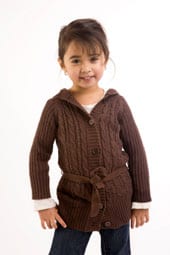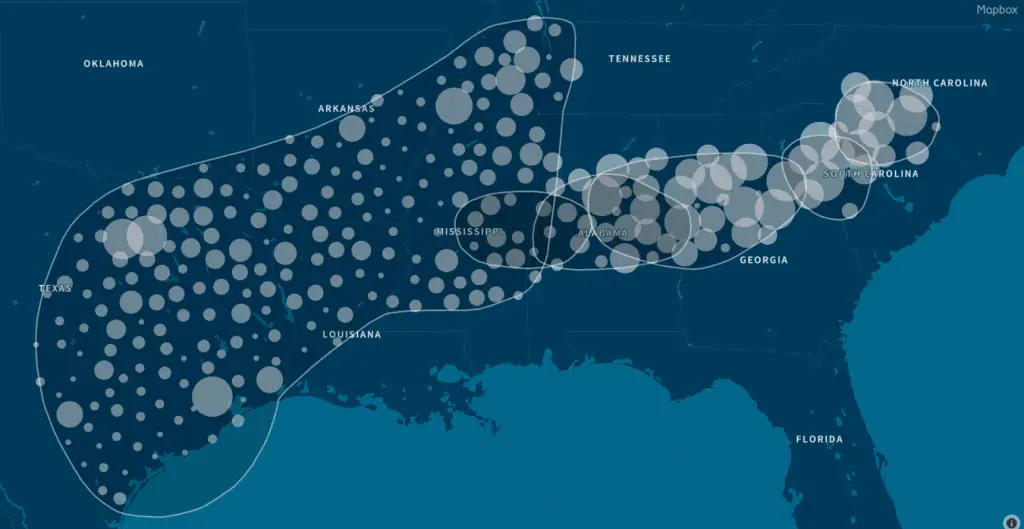
Most people are curious about their ethnic ancestry. Yet few of us have any real facts about the ethnic makeup of our ancestors.
Even if we know the ethnic background of one or two recent ancestors, we don’t know our true proportions. What about our four grandparents? Our eight great-grandparents? And so on.
DNA testing can provide enlightening answers for us and our children. And in some cases that information can be used for financial gain.
Proving minority status can be helpful in race-based college admissions and job applications.
Members of certain ethnic groups may qualify for financial aid that’s not available to the general population of college students.
Others are seeking to prove their American Indian ancestry in order to share in the growing wealth of tribe casinos.
As a result of this demand, businesses have sprung up to offer DNA tests of ethnicity. Prices for some of the newest, most powerful tests have now dropped below $100.
NOTE: My recommended tests are all capable of picking up Native American and Ashkenazi Jewish ancestry.
Some tests are better than others for measuring ethnicity. Read on for my observations on the tests I use myself.
For a detailed introduction applicable to everyone see Ethnic DNA Testing.
23andMe Measures Ethnic Ancestry Three Ways
23andMe includes an ethnic ancestry report called Ancestry Composition. It cleverly incorporates some customer data to obtain a more detailed breakdown of ethnicity, primarily in Europe.
Instead of a regional designation like Northern European, for example, it can reveal percentages of English & Irish or French & German.
My own Ancestry Composition report is quite consistent with the European ancestors in my family tree.
In addition to checking your autosomal DNA to create the Ancestry Composition report, 23andMe also samples enough of your mitochrondrial DNA and (for men) Y-DNA to determine your haplogroups.
Haplogroups locate the ancient geographic origins of your direct maternal and paternal lines. Some of the haplogroups confirm Native American ancestry in those lines.
23andMe offers two options: an Ancestry-only version and a Health + Ancestry version test that includes genetic health reports approved by the U.S. Food and Drug Administration and international regulators. Either option will include all three ancestry reports.
NOTE: For this test and the others described below, your ethnicity reports may be revised (automatically) as new population studies are completed and the company refines their process of defining ethnicity.
Living DNA Digs Deeper into British Ancestry
Living DNA is an expanded ethnic ancestry test, especially suited for people with some British ancestry. It breaks down your DNA mix across 80 world regions, including 21 in Britain and Ireland.
This test is based on the well respected People of the British Isles project. A follow-up study of Irish ancestry is expected to add a further breakdown of sub regions within Ireland. Plus, a new study of German ancestry has begun
I received my results recently and was impressed. Eventually, Living DNA could become the ultimate DNA test for breaking down European ancestry into sub regions.
Family Finder
One of my favorite tests for genealogy purposes is Family Finder by Family Tree DNA. That test includes a report originally called Population Finder. The report is now called myOrigins.
The company compares your DNA with over 60 reference populations from around the world. This is a biogeographical analysis of the DNA you received from ALL of your ancestors.
This is the only test I know of that can spot both Ashkenazi and Sephardic Jewish ancestry.
The Family Finder test also includes an Ancient Origins report that breaks European ancestry into three groups of ancient people: Hunter-Gatherers, Early Farmers, and Metal Age Invaders.
For each group, they provide overview information and details from specific archeological dig sites.
AncestryDNA
AncestryDNA is another autosomal DNA test that includes a report on your ethnic ancestry. As a person of European ancestry, however, I find their European breakouts to be lacking.
Where AncestryDNA excels however, is a new feature called Genetic Communities.
This combines DNA results with geographic information from hundreds of thousands of family trees. It’s a clever way to place us in more recent subgroups than what the ethnic ancestry reports reveal. It will only get better over time.
My first Genetic Community is Early Settlers of the Deep South, which perfectly matches the history of my paternal line. See the image below:

MyHeritage is a New Option You Can Enjoy for Free
The newest autosomal DNA database is MyHeritage. Based outside the United States and offering genealogical information in 42 languages, it has enormous potential for bringing in new testers from Europe, Africa and Asia.
Their ethnicity report covers 42 ethnic regions. This test still exhibits some growing pains and it would not be my first choice.
In order to spur their growth, they offer free uploads of raw data from several of the other tests. Free uploaders still get DNA matches and the ethnic ancestry report. So I suggest you take advantage of this great offer. See this page.
African DNA Testing
I discuss DNA testing for African Americans and others of African heritage on my African DNA Test page. In addition to showing the specific African populations checked by Family Finder and AncestryDNA, I describe many other DNA tests that a person of such ancestry might consider for ethnic testing or genealogy purposes.
Native American Ancestry
People with known or suspected Native American ancestry are another group that I discuss in detail on this site.
I explain several possible scenarios and describe how DNA testing can help.
See my page called Indian DNA Test.
Ancient Ancestry
The Y-DNA and mitochondrial DNA tests can reach farther back in time to tell us where our direct paternal line and material line ancestors lived thousands of years ago.
To learn more about this, be sue to read my Ancient Ancestry page.
There’s also a classic book about the ancient ancestry of the maternal line. Read my summary of The Seven Daughters of Eve.
